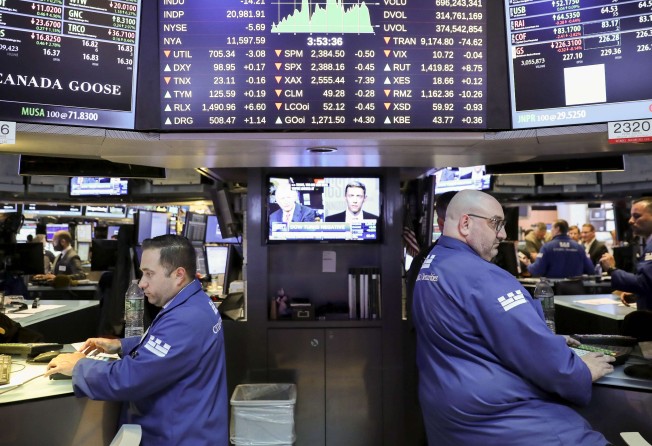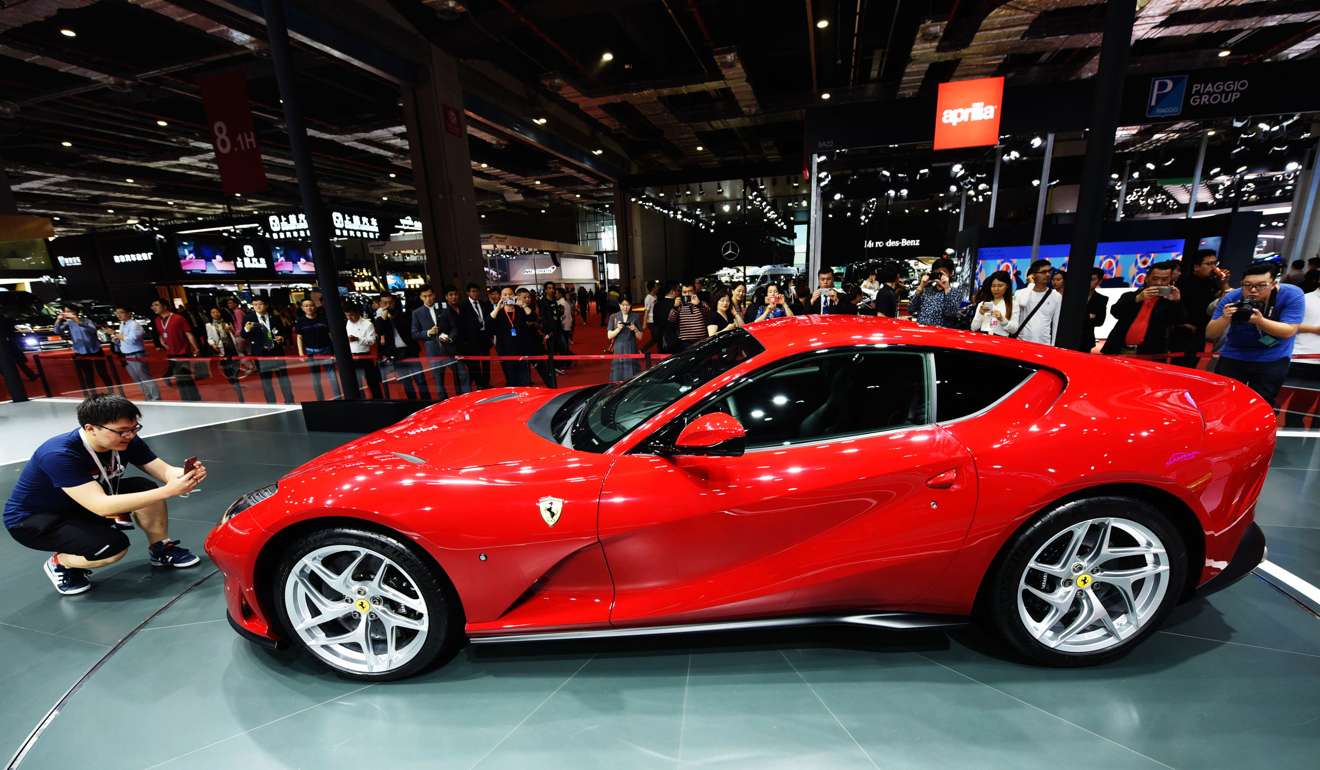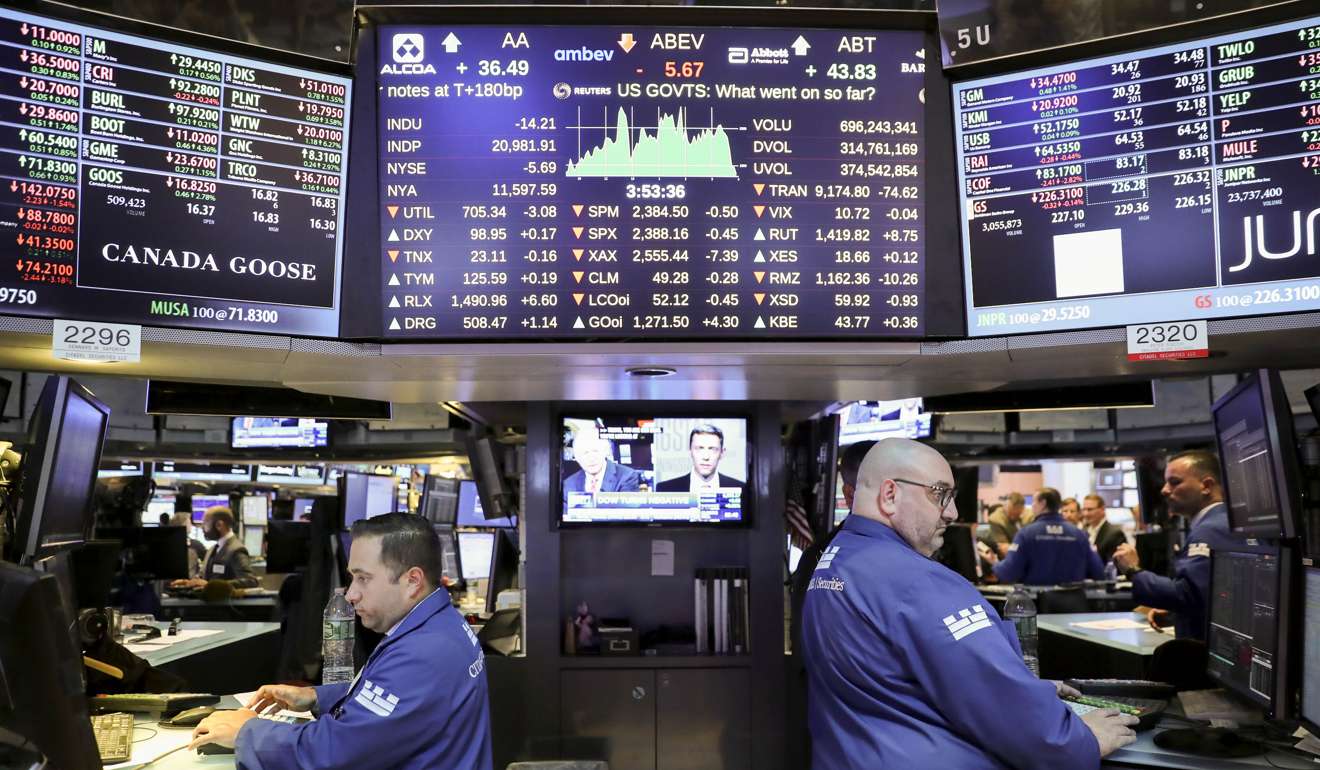Opinion: Nearly a decade since the 2008 crisis, it’s still derivatives, elite traders, and ‘too big to fail’
‘The outcome of the financial crisis has made bankers and regulators very aware of the ‘too big to fail’ dilemma. But it has also led them into an intellectual cul de sac’

When senior economic advisors yearn for the return to a simpler financial industry, free from uncertainty, volatility and calamity you can tell they are frustrated about how to deal with today’s challenges.
Gary Cohn, the ex-President of Goldman Sachs and President Trump’s current chief economic advisor said in a Bloomberg interview that he, “generally favours banking going back to how it was when firms like Goldman focused on trading and underwriting securities, and companies such as Citigroup Inc. primarily issued loans”.
He was not only referring to the Glass-Steagall Act, the 1933 law that clearly separated commercial banking from investment banking, but more predictable roles and definitions for bankers. It was repealed in 1999 as the investment banking world subsumed commercial banks, incentivised risk taking and hurtled the world to the new Great Depression known as the 2008 Global Financial Crisis.
The presence of Glass-Steagall regulation and the separation of US commercial and investment banks in the run up to the 2008 financial crisis would not have prevented or ameliorated the systemic collapse.
The key institutions and their functions at the time of the crisis, Fannie Mae and Freddie Mac, were government owned organisations that heightened systemic risk by feeding the mortgage backed securities market. The time when a homeowner actually had a relationship with his commercial bank manager became ancient financial history as mortgages were packaged and sold. Risk was supposed to be safely diversified in the vast liquidity of the US dollar fixed income market.
Today, the outcome of the financial crisis has made bankers and regulators very aware of the “too big to fail” dilemma. But it has also led them into an intellectual cul de sac. They fear that allowing a systemically important financial institution to collapse could extinguish the entire international financial system. Yet, by acting as the lender of last resort or ultimate guarantor of banks it creates moral hazard and compromises risk management.

The regulatory solution was to force banks to take on more capital, reduce risky activities and demand that they produce the human equivalent of a “living will” where banks plan for an orderly resolution in the event of a collapse. But “de-risking” a bank is hazardous because they are in the very business of taking risk. Even opening deposits creates risk. By not allowing banks to engage in certain kinds of activities such as proprietary trading or derivatives, regulators actually increase risk for participants by reducing trading liquidity.
Big, global systemically important financial institutions have evolved into something like the endangered turtles on Galapagos Island. They are too invaluable to the ecosystem to lose, but require specially managed pens to live in.
Legislators found it easier to pass Dodd-Frank rather than travelling back in time for the second coming of Glass-Steagall. Congress passed it in 2010 to ensure that bailouts like TARP would never be needed again. Seven years later, much scepticism remains about whether it has solved the too-big-to-fail puzzle.

The de facto bail out and recapitalization of Bank Monte dei Paschi last year by the European Central Bank and Italian government show that overcoming public fears of bail-in versus bail out defied any chance to ring fence systemic collapse. For if depositors in Bank Monte dei Paschi heard rumours that no bail out was forthcoming and that they would bear the brute force of a mandatory, eurozone bail in (where debt holders, shareholders and depositors pay the entire price), an Italian bank run would quickly ensue.
Regulators and bankers have not yet gained control of derivative securities that they created. They replicate additional versions of derivatives whose values depend upon the values of other derivatives. The global derivatives markets are so vast and difficult to measure given this spawning effect; some analysts guess it is in the trillions of dollars or equivalent to three times the value of all the world’s physical assets.
This makes the end users of capital almost irrelevant participants. Global banks end up dealing with each other to mitigate their risk exposures. The actual economic contribution of derivatives becomes hard to measure and regulate because risk has become too diffused. Yet, the market and demand for derivatives continues to expand.
Worst of all, it fuels the ascendancy and primacy of the trader and quant, an elite, highly paid trading culture that is inseparable from the financial system. Only they can understand and value the black box of derivatives on their books. The acceptance of this inscrutable, black box status has done much damage to regulation and reform. And when the next crisis hits regulators will highly depend on them to understand how to value what’s left of a bank’s balance sheet.
Peter Guy is a financial writer and former international banker